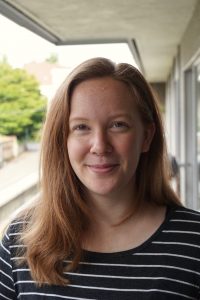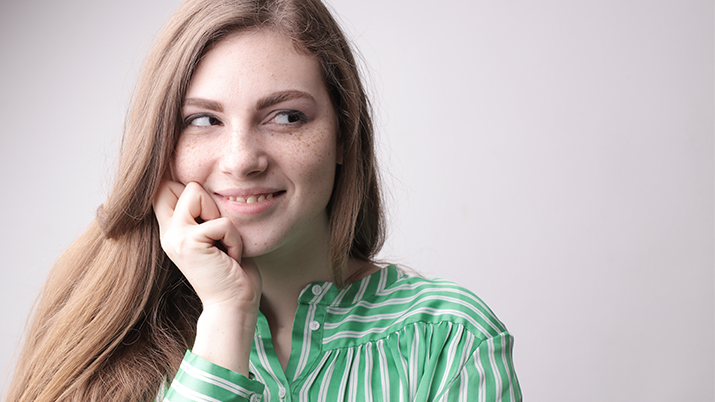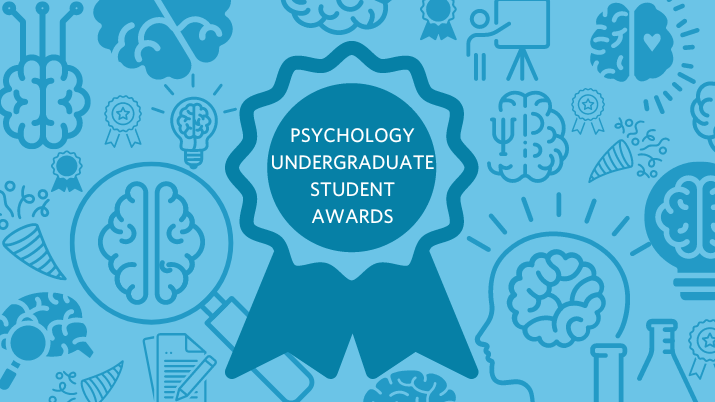In social interactions, people easily gather information about others by looking at their facial expressions and behaviour. But what if it is considered rude to look so directly? New research reveals that covert attention—looking at one spot while attending to a different spot—can also be used in social interactions.
This could mean we can “have our cake and eat it too” by gathering information about other people while controlling the messages our eyes send to them.
Jill Dosso, a PhD student in Neuroscience, is the lead author of a new study, I spy without my eye: Covert attention in human social interactions published in Cognition. Until now, covert attention has mostly been studied and utilized in a nonsocial lab setting. For this research, Dosso had participants spy on each other to get a better understanding of how people gather information about others in the real world.
We spoke with her about these new findings and their significance in a variety of social situations.
Can you tell us about this new research?
In this study, we wanted to know how people navigate a situation where they need to gather information about another person but looking directly at that person might be considered socially inappropriate (because they might see you looking at them).
To tackle this, we asked participants to secretly press buttons based on what another person was doing. That person was sometimes another real person, and sometimes they were a video recording.
What do these new findings tell us about social monitoring and covert attention? And why is this significant?
We found that when participants monitored a real person, they avoided looking at them directly, using their covert attention instead. But when they monitored a video-recorded person, they stared directly at the screen. This suggests that people know that their eyes send messages to other people, and they try to control those messages by employing their covert attention.
Our work also means that one cannot assume that in real life, where someone is looking is where they are attending. This is important because researchers often use where someone is looking as an indicator of where they are attending. Our work shows that, depending on the situation, this assumption may be completely incorrect.
How could this research help people with autism spectrum disorder or schizophrenia in social situations?
This finding suggests that what look like differences in social looking behaviour (e.g. atypical eye contact in people with ASD or schizophrenia) may actually be differences in the use of covert attention. This provides a new way of thinking about these group differences which could result in different therapeutic approaches in the future.
With the sudden demand for remote teaching, what would these findings tell instructors about the organization of an online class?
When someone knows that they can be seen, this fundamentally changes their behaviour. This means that decisions about whether or not students should be visible to each other and to the instructor (e.g. synchronous video-calling versus passively watching a recording) are likely to have big impacts on how they behave and attend.


Jill Dosso
Jill Dosso is a PhD student in Neuroscience in Dr. Alan Kingstone’s Brain, Attention, and Reality (BAR) lab. She studies how people attend to and interact with objects as part of real-world, real-time social encounters. She is especially interested in situations when someone might attend to one location while pretending to attend somewhere else: a behaviour that challenges some of our traditional assumptions about human attention.



